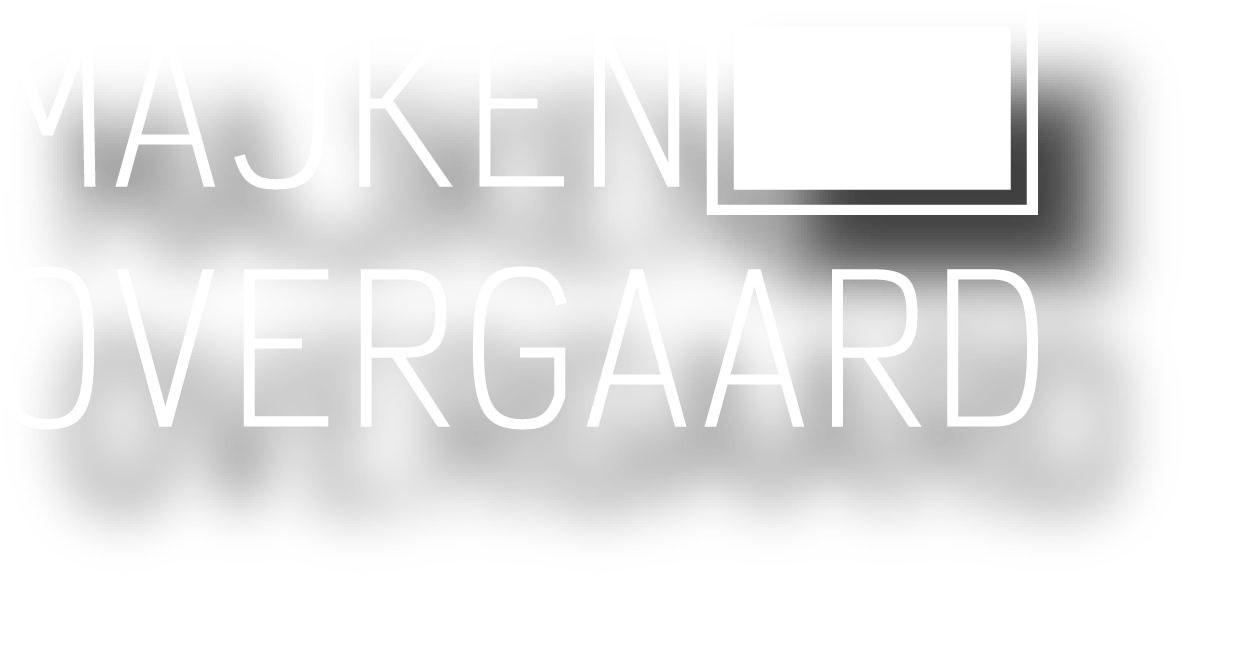Soon is a laboratory for possible futures. Here, we invite the future into the decisions we make in the present—for the benefit of the generations of people and other species that come after us. Soon is exploratory, circular, and anti-disciplinary. The laboratory connects futures research, social innovation, systemic thinking, economic sustainability, democratic participation, and artistic […]
 Majken Overgaard
Majken Overgaard